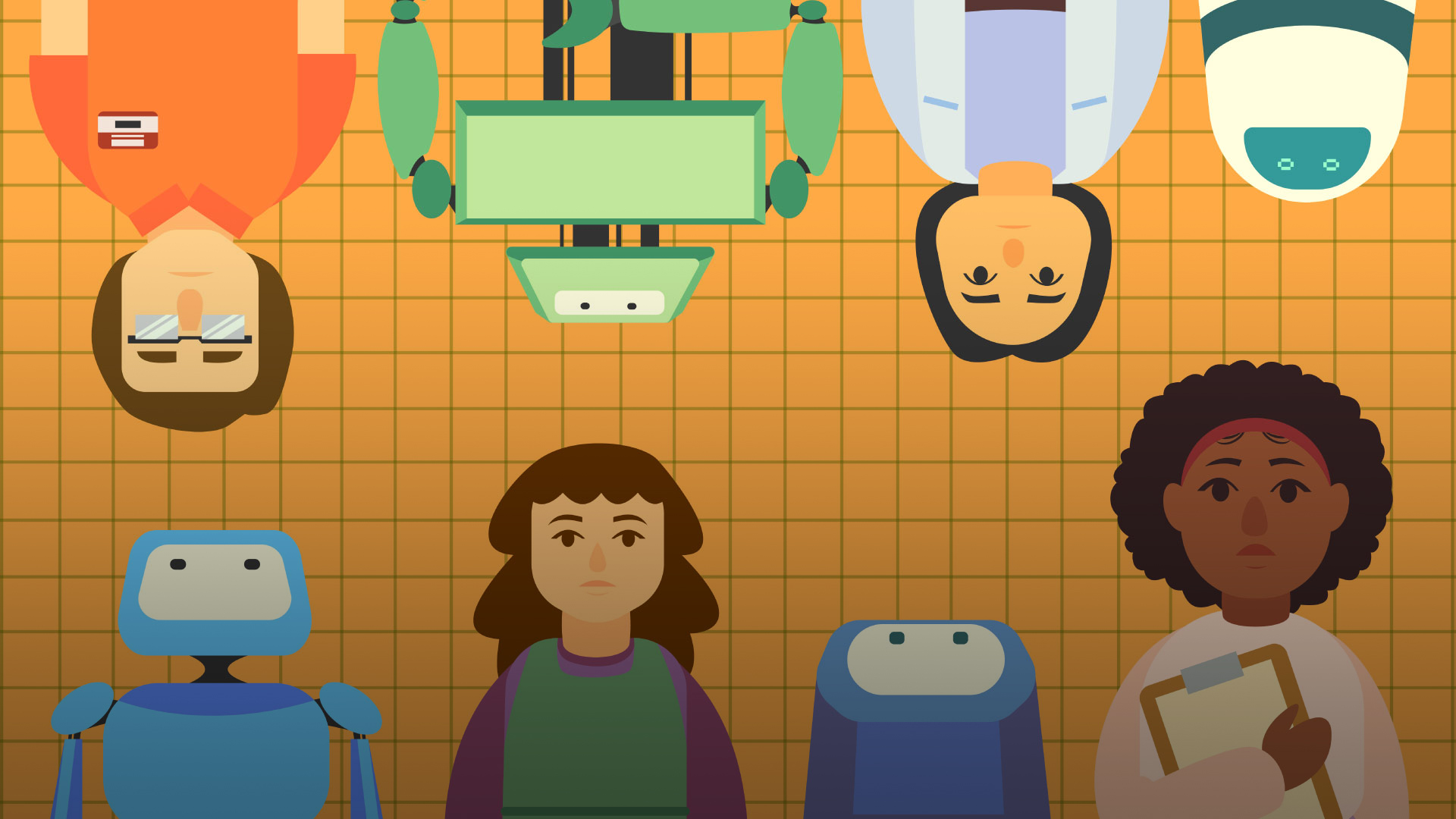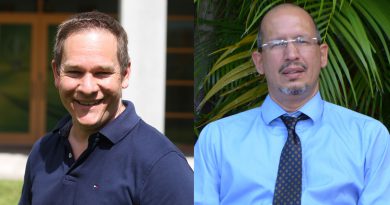The Potential Of Stem Cells
Researchers and doctors are constantly searching for new cures for thousands of diseases. To some scientists, stem cells seem to be the solution to many problems. However, there is much controversy surrounding both the research and the implementation of stem cells into medical treatment. But, in the future, it is still possible that stem cells could be used to cure many diseases, so it is important to look at why stem cells are so useful and what their controversies are.
Unlike other cells, stem cells can grow to form into any type of cell. Often, scientists wait for months on a single fertilized egg to ensure embryonic cells are created. When scientists want the stem cells to change, they just modify the environment of the stem cells according to what cell they want to produce.
If someone has severe damage to their heart or liver, instead of waiting for a transplant, stem cells could be used to repair the damaged organ. The stem cells could be regulated so that they grow into organ-specific cells with unique functions. This would cut down the time before a patient’s organs are treated properly. Not only those who receive the stem cell treatment will wait for shorter times, but also those whose only solution is a transplant. Heart disease will be much easier to treat when stem cells are used. Same thing for diabetes. Same for arthritis. Same for so many other diseases.
However, there is a lot of controversy surrounding stem cell research and implementation. Stem cells are not easily found. In adults, stem cells are found throughout the body, especially in the bone. Because it is spread out, it is difficult to gather much stem cells from adults. The only way that stem cells are easily accessible are in embryos or fertilized eggs.
As mentioned before, stem cells for cultivation are derived from fertilized eggs in the laboratory, not from a woman’s body. Pro-life individuals believe that the destruction of an embryo in any way is unethical. This group, which represents a large part of the population in the United States, must be convinced that stem cell research is safe and ethical before scientists have full freedom to move ahead with their life-saving research.
Stem cells is a possible solution to many problems, but there are many obstacles to overcome before stem cells can be used as a treatment. Besides the obstacles mentioned earlier, there is still more to learn about the behavior of stem cells before scientists and doctors know how to use them well enough. But, eventually, this might be a be a life-saver for millions.




